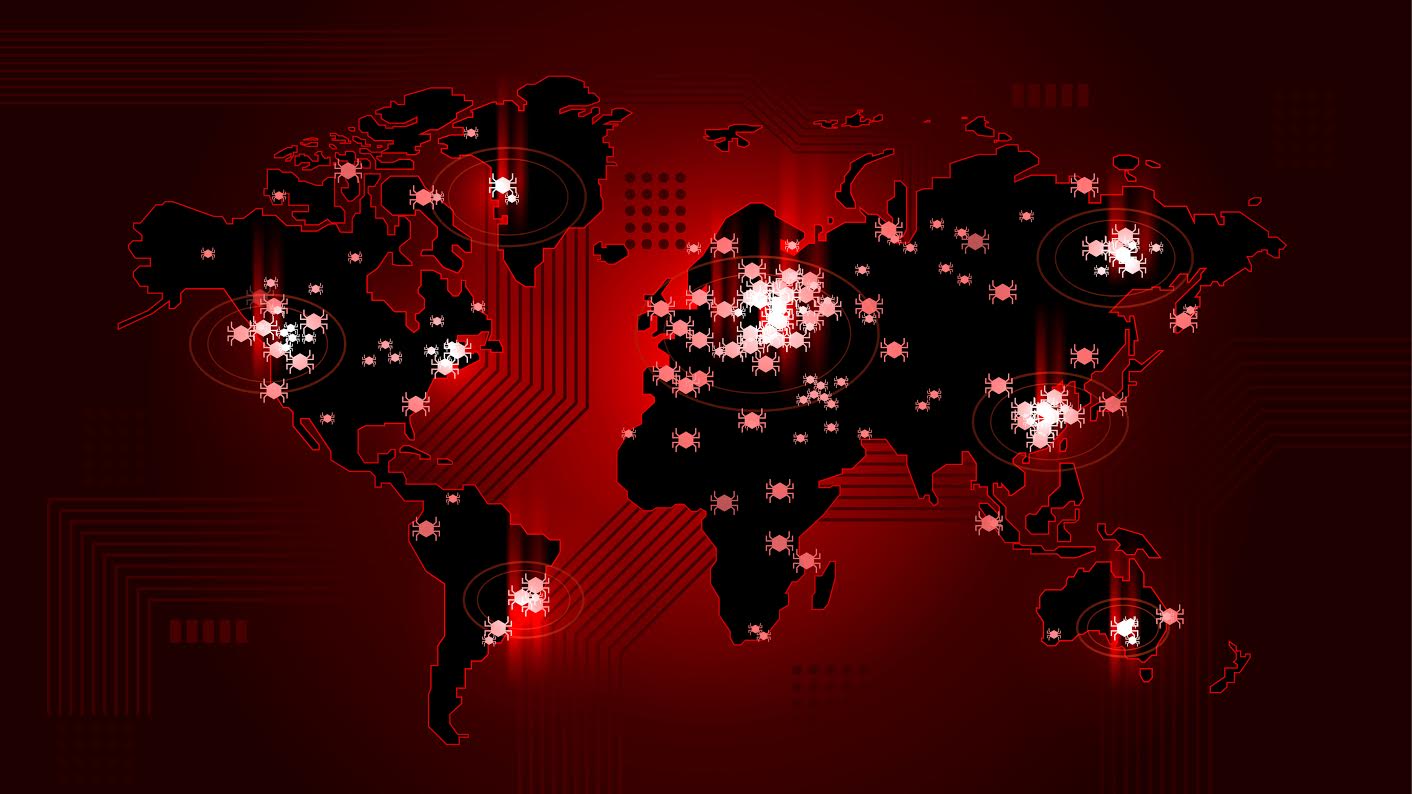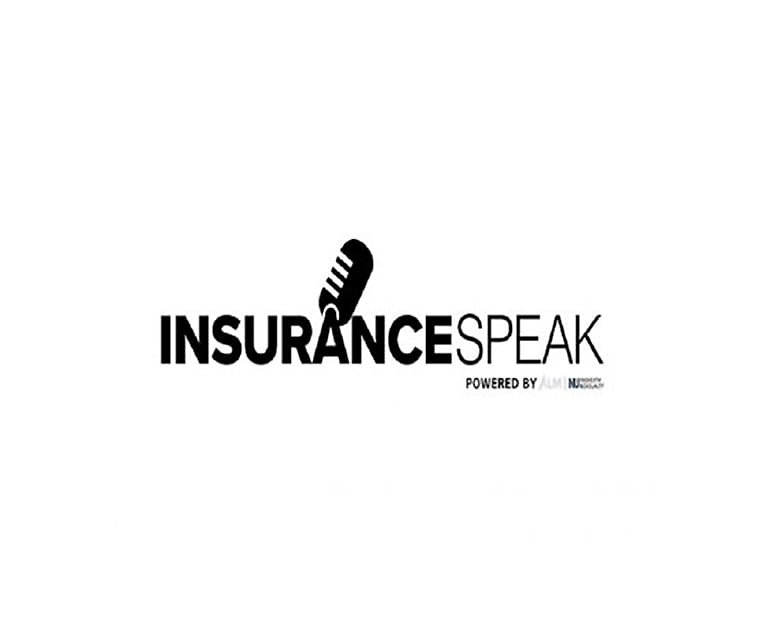The year 2016 was filled with challenges across the globe.Natural disasters, political upheaval andterror attacks were among the most prominentchallenges. With the number of challenges likely to expandin 2017, businesses need to know how they can overcome futuredisruptions across the world.
|The 2017 FM Global Resilience Index ranks 130countries and territories by three factors: economic,supply chain and risk index. Each factor is based onfour drivers influencing eachfactor. These combine to form the composite index,which is the basis of each countries score andrank. Scores are bound on a scale of 0 to 100, with 0representing the lowest resilience and 100 being the highest.
|Related: 5 key takeaways from NTT Security's 2017 GlobalThreat Intelligence Report
|FM Global's index includes three new drivers: inherent cyberrisk; urbanization rate; and supply chain visibility. The firstreflects a country's vulnerability to a cyber attack and itsability to recover. The second serves as an evaluation of types ofinfrastructure which would be stressed following a naturaldisaster. The final driver reflects the ability to track and traceshipments across a country's supply chain.
|With this in mind, businesses can determine where to site afacility and which suppliers to select, among other options.Businesses seeking to minimize risk and maximizeperformance now have a global analysis at theirdisposal.
|"Our clients have found the index valuable when making importantdecisions about their properties, business strategies and supplychains," said Bret Ahnell, executive vice president at FM Global."We upgraded the index this year to reflect escalating threats thatcan make a lasting impact on business performance.
|
FM Global ranked 130 countries by threefactors: economic, supply chain and risk index. (Photo:Shutterstock)
|Countries to keep an eye on.
Switzerland is ranked first in the FM Global Resilience Index.Switzerland is among the best in the world for its infrastructureand local suppliers, its political stability, control of corruptionand economic productivity. The country has ranked first for thepast five years. The data reveal some natural hazard exposures forSwitzerland, but these risks are offset by the presence of goodlocal standards.
|Luxembourg rose to second in 2017 from eighth in 2013, owingpartly to its reduced reliance on oil for economic productivity. Itenjoys a strong reputation for its financial sector, its network ofservice providers and its responsive, business-friendlyregulations. Following Brexit, financial institutions are lookingacross Europe to set up a new home — in March, AIG announced its plans to open an insurer inLuxembourg.
|Haiti is ranked last in the FM Global Resilience Index. Much ofthis due in part to its high natural hazard exposure and pooreconomic conditions. Haiti ranks 38 for inherent cyber risk, whichis a reflection of low internet penetration within the country. Atsecond to last, Venezuela continues to face political instability,poor infrastructure and ill-perceived local supplier quality.
|Related: Pay package revealed for new AIG CEODuperreault
|
As cyber attacks become more common, the issue of cybersecurity should become a top consideration for businesses in anycountry — but especially if they're looking to operate in numerouslocations. (Photo: Shutterstock)
|Focus on cyber risks.
After the WannaCry ransomware program affected 150countries, cyber security has been elevated to the mainstage. Many businesses fail to prepare for cyber issues,but demand for anti-hacker insurance is on therise.
|FM Global states the rapid pace of technological changecontinues to outpace cybersecurity. The 2017 FM Global ResilienceIndex includes a measure of inherent cyber risk that combinesequally a country's vulnerability to cyber attack with thecountry's ability to recover from such an attack.
|Related: Steering clear of malware, bots and phish-infestedwaters
|The United Kingdom's and France's position in the index was heldback by its exposure to cyber risk. In the U.K., 92% of the countryhave access to the internet; in France, 85% of the country haveaccess to the internet.
|Middle Eastern countries are particularly exposed to cyber risk.The Middle East is one of the fastest growing regions for personalinternet use and mobile telephony, but companies in the regionappear skeptical and unprepared to deal with cyber security andrecovery. The four countries ranking lowest in the index forinherent cyber risk are Saudi Arabia (56),Bahrain (44), UAE (32), andQatar (13).
|Related: For insurers, the mainframe is (and should be) hereto stay
|
Building codes and regulations are developed to protectpublic health, safety and the welfare of people in the constructionand occupation of buildings and structure. (Photo:Shutterstock)
|Building codes play a big role.
The most influential determinant of risk quality of a country'scommercial and industrial properties is the prevailing buildingcode and its enforcement. The absence of quantitative data onbuilding codes was reflected in the previous indexes. Addressingthis inadequacy, this year's index generated a proprietary measureof building code quality by country which incorporatesboth the quality of codes and their enforcement.
|Because there is no universal building code or regulationglobally, individual countries may develop their own codes or adaptothers' codes to suit their needs and outcomes. Often, there can belarge variations in enterprise resilience to fire and naturalhazard events.
|The poorer nations in the FM Global Resilience Index tend tohave lower standards of building code for both natural hazard andfire risk, whereas the more developed countries tend to havehigher construction standards with regularlyupdated codes. In countries with low constructionstandards, it becomes patently more important for companies to gobeyond that which is required, and invest in best practice riskmanagement with respect to natural hazards and fire.
|Related: Cyber crime: How architects, engineers andcontractors may be at risk
Want to continue reading?
Become a Free PropertyCasualty360 Digital Reader
Your access to unlimited PropertyCasualty360 content isn’t changing.
Once you are an ALM digital member, you’ll receive:
- All PropertyCasualty360.com news coverage, best practices, and in-depth analysis.
- Educational webcasts, resources from industry leaders, and informative newsletters.
- Other award-winning websites including BenefitsPRO.com and ThinkAdvisor.com.
Already have an account? Sign In
© 2024 ALM Global, LLC, All Rights Reserved. Request academic re-use from www.copyright.com. All other uses, submit a request to [email protected]. For more information visit Asset & Logo Licensing.








